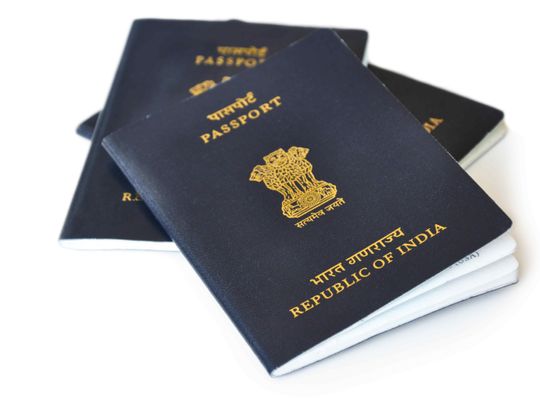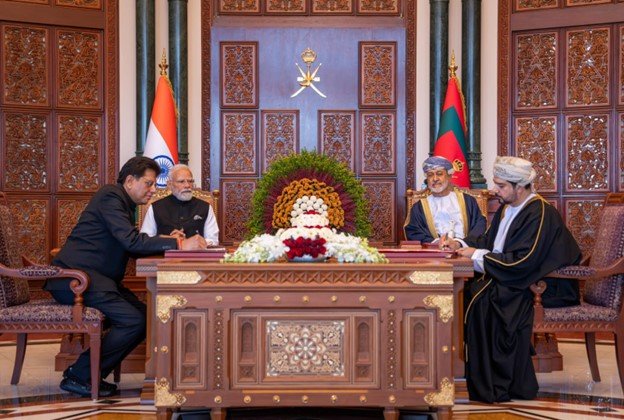Auto manufacturers warn of supply crisis; EV prices may rise by up to 8% if curbs persist
India’s electric vehicle (EV) industry is staring at a critical supply chain disruption due to China’s tightening of export controls on rare earth magnets — a key component in EV motors. With magnets stuck at Chinese ports since April, top Indian manufacturers like TVS Motor and Bajaj Auto have raised red flags, warning of a production halt as early as next month, reported moneycontrol.com.
Rare earth magnet shortage puts Indian EV production, pricing, and expansion plans at risk. China’s export clampdown is seen as part of its strategic response to growing trade tensions with the West, especially after the U.S. imposed tariffs of up to 145% on Chinese goods.
But the impact is now being felt in India, where rare earth magnets — crucial to EV motor efficiency — are in short supply. These magnets are essential for Brushless DC (BLDC) and Permanent Magnet Synchronous Motors (PMSM), which power EVs.
Indian manufacturers must now navigate a complex multi-level certification process, including end-use declaration, Indian regulatory clearance, and final approval from the Chinese Embassy. While about 30 applications have cleared Indian hurdles, they remain stuck awaiting Chinese approval.
-
OEMs brace for 8% EV price hike, delay in launches, and shrinking margins amid import bottlenecks
-
Shridhar Kallani of Axis Securities warned that with 1.15 million two-wheeler EVs projected to be sold in FY25 and minimal local magnet production, Indian EV makers are “highly exposed”
-
Ajit Mishra of Religare Broking added that this could lead to 50–100 basis points margin erosion and a slowdown in new launches, especially in the price-sensitive two-wheeler segment.
Alternative magnet sources from Vietnam, Malaysia, or Australia offer neither scale nor affordability, and validation of these options could take years. As a result, manufacturers may be forced to pass on rising input costs to consumers, with potential price hikes of up to 8% for certain EV models.
Auto industry urges government action as supply gap hits not just EVs but traditional vehicles too.
The Society of Indian Automobile Manufacturers (SIAM) has flagged the issue to the government, warning of production halts in coming weeks. A delegation of Indian auto leaders may soon travel to Beijing to resolve the impasse. Nomura also cautioned that the impact extends beyond EVs, affecting ICE vehicles as magnets are used in components like sensors and speakers.
Despite having the fifth-largest rare earth reserves globally (6.9 million metric tonnes), India imported $13.1 million worth of rare earth compounds in 2023, while local production stood at just 2,900 metric tonnes. This stark gap reveals the absence of a domestic ecosystem for rare earth extraction and processing.
Experts stress that building a full-spectrum rare earth supply chain in India will require strategic policy push, technological capabilities, and capital investment. Without immediate intervention, India’s green mobility ambitions could hit a major roadblock.









